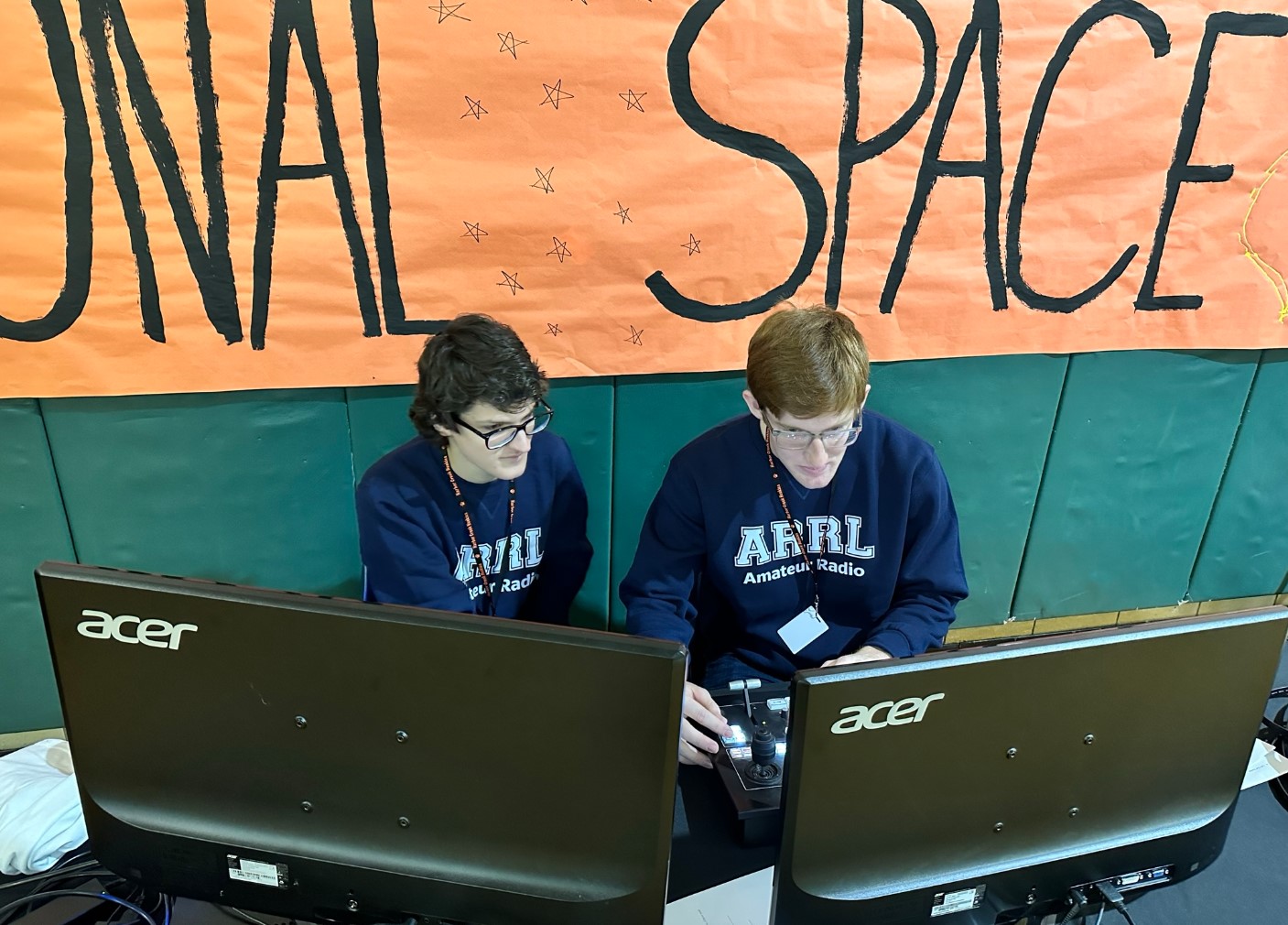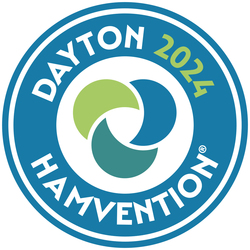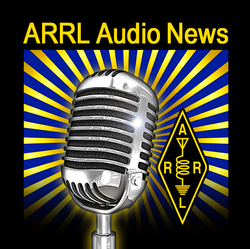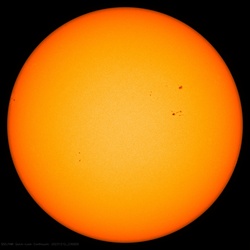 December 14, 2023 John E. Ross, KD8IDJ, Editor
| ||||||
WRC-23 Reaches Acceptable Conclusion on 23-centimeter Issue The International Telecommunication Union (ITU) World Radiocommunication Conference 2023 (WRC-23) continues The International Amateur Radio Union (IARU)'s primary effort focused on Agenda Item 9.1 topic b to address amateur use of the 23-centimeter band and co-frequency use by several radionavigation satellite service (RNSS) systems in the 1240 - 1300 MHz band. IARU's work that began 4 years ago with a preparatory study in the ITU Radiocommunication Sector (ITU-R) to address this agenda item has finally come to a close. Our concerted engagement in the ITU-R working parties, study groups, and WRC preparatory meetings ensured that the amateur services were properly represented during the development of two published ITU-R reports: M.2513 and M.2532. An ITU-R Recommendation, M.2164, followed these, which formed the basis for the discussions at WRC-23. During the WRC-23 deliberations, strong positions were expressed by all parties involved.
The result is a well-supported compromise for a footnote in the Radio Regulations regarding amateur and amateur satellite service operation in the 1240 -1300 MHz range. The footnote reminds administrations and amateurs of the need to protect the primary RNSS from interference, and it provides guidance for administrations to allow both services to continue to operate in this portion of the spectrum. Administrations are the bodies that govern amateur radio in their respective countries, such as the Federal Communications Commission (FCC) in the United States. The Conference Plenary compromise was formally adopted on December 8 and is not subject to further consideration during the final week of WRC-23. The IARU team continues its work on other WRC issues, including developing agendas for future conferences. IARU President Tim Ellam, VE6SH, noted, "This is a very good result for the amateur services. The decision reached at WRC-23 on this agenda item makes no change to the table of allocations nor incorporates by reference M.2164 into the Radio Regulations. The addition of a footnote that provides guidance to administrations in the event of interference to the RNSS is a good regulatory outcome for amateurs and the primary users of this band." The WRC also agreed to suppress Resolution 774, which closes the issue and satisfies the agenda item. Read more in ARRL News WRC-23 began on November 20, 2023. The IARU team includes: ARRL Technical Relations Specialist Jon Siverling, WB3ERA; Paul Cloverdale, VE3ICV, for Radio Amateurs of Canada; Barry Lewis, G4SJH (IARU AI 9.1b Lead), Flavio Archangelo, PY2ZX, for Liga de Amadores Brasileiros de Rádio Emissão / IARU Region 2; Bernd Mischlewski, DF2ZC, for Deutscher Amateur Radio Club; IARU President Tim Ellam, VE6SH; Murray Niman, G6JYB, for the Radio Society of Great Britain; IARU Vice President Ole Garpestad, LA2RR; IARU Secretary Joel Harrison, W5ZN; Wahyudi Hasbi, YB1PR, for Organisasi Amatir Radio Indonesia; Peter Pokorny, VK2EMR, for the Wireless Institute of Australia; Dale Hughes, VK1DSH, for the Wireless Institute of Australia (SWG4B7 Chair), Roland Turner, 9V1RT, for Singapore Amateur Radio Transmitting Society (IARU), and Ken Yamamoto, JA1CJP, for the Japan Amateur Radio League. Student-Led ARISS Contact a Success A student-led contact with astronauts through the Amateur Radio on the International Space Station (ARISS) program was a great success that earned significant media attention. The students are part of the Advanced Technologies Group, KC3SGV, an after-school club at Harbor Creek. Fifteen of the students are licensed radio amateurs. As ARRL News reported last week, their faculty advisor, Assistant Principal Drew Mortensen, AC3DS, is a graduate of the ARRL Teachers Institute on Wireless Technology. He utilized what he learned in the program and brought it back to the school. The ARISS contact is just one of the many successes the program has had. Student-members of the Advanced Technology Group at Harbor Creek High School handled all aspects of the ARISS contact. ARRL Education and Learning Manager Steve Goodgame, K5ATA, was on hand for the contact, and he was impressed by the skills demonstrated by the students.
Goodgame recalled, "From antenna assembly and installation to the actual control operator function of the radio during the contact itself, students were at the helm. Every student who asked a question of Commander Mogensen was a licensed amateur radio operator. When I asked what they had planned next, the response was, 'Well, the logical step would be to build and get a CubeSat launched.' This is exactly the type of program we hope to help create as an outcome of the Teachers Institute," said Goodgame. Local, regional, and national media took note of the students' success. Local television newscasts (see Amateur Radio in the News below) featured the event, and NBC Journalist Harry Smith and a crew from NBC's TODAY were at the event to tell the story about the young hams. Harry Smith and a crew from NBC's TODAY interview a group of student hams. This type of exposure for amateur radio is key to growing the hobby, according to ARRL Public Relations and Outreach Manager Sierra Harrop, W5DX. "The passion of these teenage operators led to this success story. Who doesn't love the story of young minds doing extraordinary things in STEM through amateur radio?" she exclaimed. ARRL Director of Development Kevin Beal, K8EAL, mentioned that the media coverage demonstrates the impact that the donors who have funded the Teachers Institute have on the future of amateur radio. Beal said, "The reach goes far beyond the one-week training institute and ripples out farther than we can see." The ARRL Teachers Institute on Wireless Technology is funded by the ARRL Education and Technology Fund. If you are interested in supporting STEM education through the Teachers Institute on Wireless Technology, visit www.arrl.org/GiveToSTEM. ARISS is a cooperative venture of international amateur radio societies and the space agencies that support the ISS. In the US, participating organizations include NASA's Space Communications and Navigation (SCaN) program, the ISS National Laboratory -- Space Station Explorers, ARRL, and AMSAT. 2024 ARRL National Convention to be at Hamvention ARRL and Hamvention® have announced that Hamvention will host the 2024 ARRL National Convention, May 17, 18, and 19 at the Greene County Fairgrounds in Xenia, Ohio. "We are pleased to unveil our 2024 logo and theme," announced 2024 Hamvention General Chair Jim Storms, AB8YK, and the Hamvention team. "The theme is 'Expanding our Community'. This is in support of the growth of amateur radio worldwide." Hamvention Awards Chair Michael Kalter, W8CI, also shared a reminder that the nomination period is open to submit nominations for 2024 Hamvention Awards, including the Amateur of the Year, Technical Achievement, Special Achievement, and Club of the Year awards. More information about the awards can found on the Hamvention website, and nominations will close on February 15, 2024. ARRL is building a program for its National Convention that will include presentations and forums, more than a dozen exhibits, and activities for young hams. Once finalized, the National Convention program will be published at www.arrl.org/expo. Hamvention urged "everyone to purchase their tickets and make their room reservations early to avoid the rush." Visit the Hamvention website for more information and to order tickets at www.hamvention.org. Amateur Radio in the News ARRL Public Information Officers, Coordinators, and many other member-volunteers help keep amateur radio and ARRL in the news. "Local students build antennas, communicate with astronaut aboard the International Space Station via radio" / WJET (Pennsylvania) December 11, 2023 "Harborcreek Students Chat with International Space Station" / Erie News Now (Pennsylvania) December 11, 2023 "Dialed in: Harbor Creek Students complete years-long task of livestreaming with space station" / Erie News-Times (Pennsylvania) December 14, 2023 ARRL Podcasts On the Air The December 2023 episode of the On the Air podcast ties into a feature in the November/December issue called "Bits and Baud," which discussed important elements of digital communication, namely the quantity of information a transmission delivers -- known as bit rate -- and the rate of speed at which the information is delivered, which is known as baud rate. In this podcast episode, we're joined by the article's author, former QST Editor Steve Ford, WB8IMY, who explains more about the differences between bit rate and baud rate, as well as why hams are concerned with these measurements in the first place. ARRL Audio News The On the Air podcast and ARRL Audio News are available on blubrry, iTunes, and Apple Podcasts -- On the Air | ARRL Audio News. Announcements Youth on the Air (YOTA) Summer Camp in the Americas will be held July 7 - 12, 2024, in Halifax, Nova Scotia, Canada, at Mount Saint Vincent University. Online applications for licensed amateur radio operators aged 15 - 25 in North, Central, and South America are now being accepted at YouthOnTheAir.org. The goal of the 2024 camp is to enrich the campers' amateur radio experience. They can refine their skills; participate in unique experiences with radio-related technologies, including kit builds, contesting, satellite operations, and a special event station, and meet other young hams through workshops and social events.The 2024 YOTA Americas Camp is hosted by Radio Amateurs of Canada. In Brief... Amateur radio operators helped a California radio station get back on the air after their equipment sustained heavy storm damage. In early 2023, KNYO-LP, a low-power FM radio station in Fort Bragg, California, lost their antenna that was unconventionally mounted atop a 70-foot pine tree. Then, in late October, heavy storms damaged their backup antenna, and the station went off the air. President of the Mendocino County Amateur Radio Communications Service (McARCS) Derek Hoyle, KE6EBZ, and several McARCS members volunteered to help KNYO-LP get back on the air. Their investigation found that several connectors and a lightning arrester were damaged and needed to be replaced. A short time later, the antenna and supporting mast were fixed, and the station went back on the air. KNYO-LP thanked the amateur radio volunteers and the entire Fort Bragg community and said they would not have been able to continue without their support. The K7RA Solar Update Tad Cook, K7RA, of Seattle, Washington, reports for this week's ARRL Propagation Bulletin, ARLP050:
Solar activity declined this week. The average daily sunspot number dropped from 121.1 to 110.3, and the average daily solar flux decreased from 146.5 to 129.8. Six new sunspot groups appeared this week. The first two appeared on December 8, another two appeared on December 11 and 12, and two more appeared on December 13. Geomagnetic conditions were quieter, with the planetary A index dropping from 14.1 to 5.6, and the middle latitude numbers decreasing from 7.3 to 4.6. Predicted solar flux shows some expected improvement, with values peaking at 160 on December 20 - 21 and 155 on January 23. Predicted solar flux is 135 on December 14 - 16; 145, 150, and 155 on December 17 - 19; 160 on December 20 - 21, and then it drops back to 135 on December 22. It will be 140 on December 23 - 24; 150 on December 25 - 26; 155, 150, and 145 on December 27 - 29; 140 on December 30 through January 2, 2024, and 135 on January 3 - 5. Predicted planetary A index is 8, 18, and 22 on December 14 - 16; 12 on December 17 - 18; 18, 8, 8, 20, and 10 on December 19 - 23; 5 on December 24 - 29; 8 on December 30 - 31; 10 and 8 on January 1 - 2, 2024, and 5 on January 3 - 6. Reader David Moore shared an article about agencies collaborating on space weather projects. You can read it at https://bit.ly/46ZKDNF. On Wednesday morning, Spaceweather.com announced: "The best meteor shower of the year peak[ed] on December 13 - 14 with no moon to spoil the show. Rural observers could see hundreds of Geminid meteors and more than a few fireballs." Did you know that India has a solar observatory in space? Read about it at https://bit.ly/3GGecsH. Watch Tamitha Skov's new video from this week about the solar storm forecast at https://youtu.be/64CTIrWBGTc. A couple of interesting QRZ.com pages to check out are KS7ROH's for his astrophotography and other projects, and W6BSD's for links to his propagation pages. Sunspot numbers for December 7 through 13, 2023, were 121, 125, 125, 120, 87, 80, and 114, with a mean of 110.3. The 10.7-centimeter flux was 134.6, 132.6, 127.9, 126.6, 125.9, 126.2, and 134.8, with a mean of 129.8. Estimated planetary A indices were 5, 5, 3, 4, 3, 10, and 8, with a mean of 5.6. Middle latitude A index was 4, 4, 2, 4, 3, 8, and 7, with a mean of 4.6. Send your tips, questions, or comments to k7ra@arrl.net. A comprehensive K7RA Solar Update is posted Fridays on the ARRL website. For more information concerning radio propagation, visit the ARRL Technical Information Service, read "What the Numbers Mean...," and check out the Propagation Page of Carl Luetzelschwab, K9LA. A propagation bulletin archive is available. For customizable propagation charts, visit the VOACAP Online for Ham Radio website. Share your reports and observations. A weekly, full report is posted on ARRL News. Just Ahead in Radiosport Yearlong -- ARRL Volunteers On the Air (VOTA). See the State Activations Schedule for weekly W1AW Portable Operations, including:
Upcoming Contests:
Visit the ARRL Contest Calendar for more events and information. Upcoming Section, State, and Division Conventions
Search the ARRL Hamfest and Convention Database to find events in your area. Have News for ARRL? Submissions for the ARRL Letter and ARRL News can be sent to news@arrl.org. -- John E. Ross, KD8IDJ, ARRL News Editor
ARRL -- Your One-Stop Resource for
Free of charge to ARRL members...
| ||||||
 through December 15, 2023, in Dubai, United Arab Emirates (UAE).
through December 15, 2023, in Dubai, United Arab Emirates (UAE).

 On Monday, December 11, students at Harbor Creek High School in Harborcreek, Pennsylvania, used amateur radio to talk with Astronaut Andreas Mogensen, KG5GCZ.
On Monday, December 11, students at Harbor Creek High School in Harborcreek, Pennsylvania, used amateur radio to talk with Astronaut Andreas Mogensen, KG5GCZ.





 Hamvention is the world's largest annual gathering of radio amateurs and has been sponsored by the Dayton Amateur Radio Association (DARA) since 1952.
Hamvention is the world's largest annual gathering of radio amateurs and has been sponsored by the Dayton Amateur Radio Association (DARA) since 1952..jpg)
 Listen to
Listen to 
-2023-small.jpg)
-Blue.jpg)








